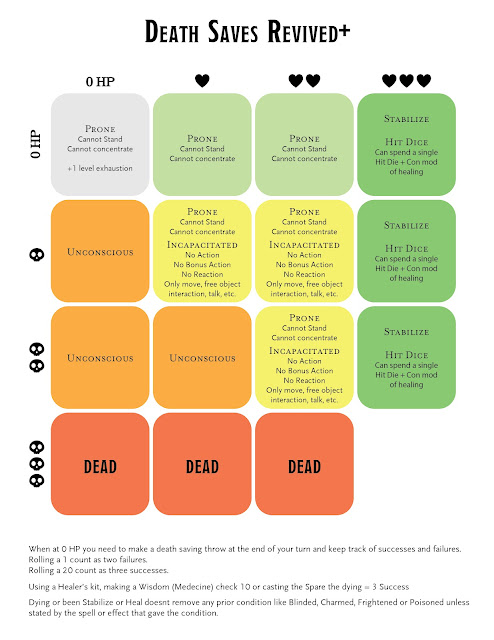Railroading becomes an occupational hazard when DMing or playing in a large published campaign. If you’re lucky, the campaign will offer choices– which quest to complete first, which faction to ally with. But these choices still eventually lead to the same conclusion. They have to, or else the campaign book wouldn’t be able to have any conclusion at all.
The result, however, is that the players are essentially acting out a choose-your-own-adventure book without much ability to forge their own path. How can the campaign remain fun and engaging when the conclusion is already written?
This gets to my larger point of why I’m generally not a fan of big published campaigns: players want to do things, not experience things. They don’t want to just experience someone else’s pre-written story.
Here are a few ways you can put this into practice:
- The plot shouldn’t happen at the PCs or around them. The characters and their choices should be the ones driving the direction of the story.
- In lieu of a large published campaign plot, consider steering the story towards the random things the players latch onto. There’s an excellent blog article explaining this process in more detail, and I believe it’s one of the best ways we can make our sessions fun for our players.
- Victory in combat encounters shouldn’t be a given. Again, we want to avoid predetermined outcomes. Make sure combat encounters advance the story in interesting ways regardless of who wins.
- Locations and dungeon rooms should have fun and interesting things for the characters to interact with (things to do!). Flowery descriptions and deep lore should be in service to the characters, not an end to themselves.
